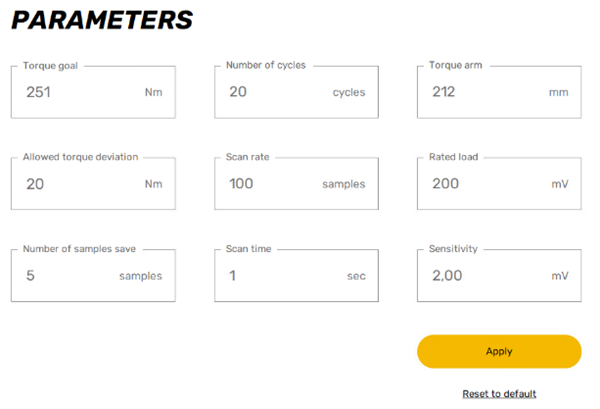Streamlining Device Management: Creating a Python-Powered UI with PyQt5

Stefan Cals
In the world of modern tech, the ability to seamlessly interact with and control devices has become a cornerstone of efficiency and innovation. When faced with the challenge of managing our devices, we've often turned to LabVIEW as our trusted solution.
But now, here comes Python . This dynamic language has opened up new possibilities for us, allowing us to explore new ways of flexibility and development. In this blog post, I want to show you how we build a device management interface using Python and PyQt5.
The Python-Powered Blueprint
What really gets me excited about this project is the way Python and PyQt5 come together.
We want to make things simpler and more enjoyable for end users and developers. With the help of PyQt5's framework, we're not only making things look good but also easier to implement. Take for example custom controls. When using LabVIEW controls, we have to admit that we sometimes need to be creative to achieve the desired result. For example, placing two LabVIEW controls on top of each other to create new functionality or visual effect.
With Qt-Designer, we found a smoother approach. We can, for example, specify some hover actions within the control itself. As used in this case, specifying outline and text colors, which change on a hover event. One of these controls was implemented in our ‘Parameter View’, as seen here:

However, we must admit that not all things are as easy as with LabVIEW. In LabVIEW, more advanced indicators and controls, such as graphs, charts, and 3D plots, are extremely easy to add and modify on our front panels. In Python, this is a little different . We used a QWidget that holds a custom graph widget, which we create dynamically. This QWidget graph can be easily re-used and modified later on, so our time investment is a one-time thing. What’s more, we can now dynamically add graphs to our graphical user interface.
Putting together an intuitive user interface is a nice change of pace thanks to PyQt5 and its design tool, Qt Designer. This means users can easily tweak settings without feeling like they're deciphering spaghetti code.
Another exciting aspect of this project is how Python's versatility extends beyond just creating a visually appealing and user-friendly interface with PyQt5. Python's capabilities also enable seamless communication with hardware devices, enhancing the project's functionality and usability.
Python boasts a vast ecosystem of libraries and modules for hardware communication. Whether it's interfacing with sensors, collecting data from instruments, or controlling external devices, Python's adaptability makes it an ideal choice.
In conclusion, our Python-Powered UI with PyQt5 not only simplifies user interaction but also offers flexibility for developers. Python's versatility, along with PyQt5's design capabilities, provides an intuitive and efficient device management solution, with the added benefit of seamless hardware communication using Python's extensive library ecosystem.
It's worth highlighting the remarkable synergy that arises from the combination of LabVIEW and Python. This combination opens up a world of possibilities, where LabVIEW's data acquisition and control capabilities complement Python's flexibility and extensive libraries. We made a Remote LabVIEW Interface (RLI), enabling to seamlessly integrate and control LabVIEW using Python. Check here our blogpost on the RLI to learn more.

